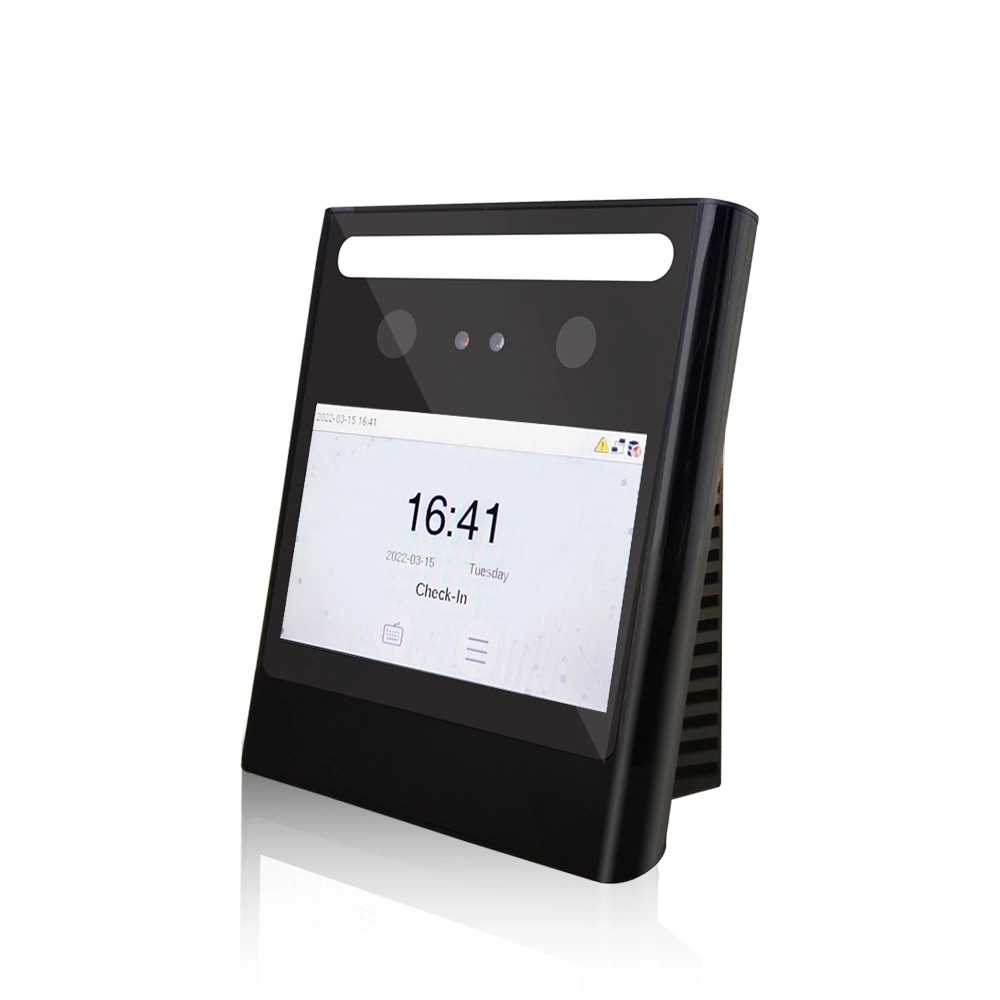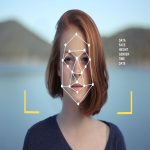In today’s digital age, photography is a universal language. We are constantly capturing moments through our smartphones and cameras. However, as the volume of images keeps increasing, the clutter can become overwhelming. Many people find it challenging to organize their photos effectively. Fortunately, advances in technology have given rise to photo organizing software, especially those featuring facial recognition capabilities. Such tools not only help manage vast libraries but also make it easier to locate specific photos. This article explores various aspects of photo organizing software with facial recognition features, highlighting their importance, functionalities, and benefits.
The Importance of Photo Organization
Overcoming the Chaos of Digital Images
The sheer number of photos we accumulate can quickly spiral out of control. With countless snapshots taken at birthdays, vacations, and everyday life, disorganization is a common struggle. Without a reliable system, finding a specific image can become a tedious process. Moreover, it may lead many people to give up on organizing altogether. This situation makes the need for photo organizing solutions even more pressing. By leveraging facial recognition technology, users can efficiently categorize their images. Consequently, users save time and effort in locating precious memories.
Enhancing Memory and Emotion
Photos capture moments that are often tied to strong emotions and memories. However, digital clutter can dilute those connections. When images are unorganized, it becomes challenging to revisit important events or milestones. Facial recognition software helps maintain a strong emotional connection with memories. Users can easily browse through collections focused on specific family members or friends. Thus, they can enjoy the nostalgia associated with those images. In turn, this reinforces the emotional significance of the captured moments, making photo organization an essential task.

Features of Facial Recognition Software
Automated Tagging and Sorting
One of the standout features of photo organizing software with facial recognition is automated tagging. Traditional methods of photo organization often require manual input. However, facial recognition technology automates the tagging process. These systems analyze images and recognize faces within seconds. As a result, photos are sorted into designated folders without user intervention. This functionality transforms a laborious task into a streamlined process, saving valuable time. Furthermore, users can focus on more creative pursuits like editing or sharing their images online.
Advanced Search Capabilities
Another advantage of utilizing facial recognition software is its advanced search functionality. Instead of browsing through endless folders, users can search for specific faces. This feature significantly enhances the user experience, making it easy to locate photographs. For instance, if someone wants to find pictures of a specific loved one, they simply input the name. The software instantly compiles all relevant images. Consequently, users can rediscover long-forgotten photos in a matter of moments. This capability is particularly valuable for those who frequently share images on social media.
Top Photo Organizing Software Options
Google Photos
An excellent option for photo organization is Google Photos. This platform integrates robust facial recognition technology and offers seamless cloud storage. Users can upload images directly from various devices. Additionally, Google Photos automatically sorts photographs based on recognizable faces. The more photos you upload, the smarter the system becomes. Moreover, it allows users to create albums or collages easily. With powerful sharing features, Google Photos encourages family and friends to engage with shared memories. Overall, it’s an ideal choice for those seeking an organized library.
Adobe Lightroom
Another leading contender in the realm of photo organizing software is Adobe Lightroom. This tool is renowned for its editing capabilities but also excels in organization. With facial recognition features, users can apply tags to people in their photos. Furthermore, Lightroom enables batch import and tagging for larger photo collections. Users can create collections reflecting specific themes or events. By utilizing metadata, Lightroom enhances photo management efficiency. While primarily for editing, its organizational features make it a versatile choice for serious photographers.

Benefits of Using Facial Recognition Software
Improved Accessibility
The most significant advantage of using software with facial recognition is improved accessibility. With organized photographs readily available, users can experience convenience at their fingertips. Simply searching for a loved one’s name can yield hundreds of related images in moments. Accessibility also extends to cloud storage solutions. In this way, you can access your images from various devices regardless of location. This instant availability promotes greater interaction with your photo collection. It encourages users to share memories frequently, enhancing their emotional connection to the captured moments.
Time-Efficient Management
Time is a precious commodity in our fast-paced lives. By automating photo organization, facial recognition software significantly reduces the time spent managing images. Users can focus on more important tasks instead of sifting through countless folders. Quickly organizing images leads to greater satisfaction and motivation. Consequently, many users find they engage with their photo libraries more often than before. This increase in interaction fosters creativity, encouraging users to edit, share, or print photos. In this way, time-efficient solutions breathe new life into your cherished memories.
Challenges of Facial Recognition Software
Privacy Concerns
While the benefits of facial recognition software are numerous, certain challenges exist. Privacy concerns are paramount with any technology that analyzes personal images. Users must be cautious about where and how they store their photographs. Data breaches and misuse can cause significant distress. It is essential to choose reputable software that prioritizes user privacy. Companies should be transparent about how they collect and manage data. Additionally, users must stay informed about privacy policies to protect their personal information. This awareness will ultimately lead to a safer experience.
Dependency on Technology
Another challenge to consider is the increasing dependency on technology. As facial recognition software becomes more prominent, users may overly rely on it for organization. This dependency could lead to a decline in traditional skills related to photo organization. While automation is beneficial, it is essential to remain engaged and knowledgeable. Furthermore, understanding the functions and limitations of the software can enhance its efficiency. This balance between embracing technology and maintaining traditional organization methods is key.

Future Trends in Photo Organizing Software
Enhanced Learning Algorithms
The future of facial recognition software will likely involve more advanced learning algorithms. These systems will continually evolve, becoming more accurate and efficient over time. As artificial intelligence progresses, photo organizing software will enhance its recognizing capabilities. This evolution may lead to better categorization based on various factors beyond just facial recognition. For instance, developing contextual understanding could significantly improve image sorting. This improvement will further streamline the user experience.
Improved User Interfaces
In addition to smarter algorithms, user interfaces will likely become more intuitive. A focus on user experience will lead to more accessible design. This development aims to attract a wide range of users from casual photographers to professionals. Enhanced user experience may contribute to a greater understanding of image management. More intuitive layouts can encourage users to engage deeply with their photo collections. They can effectively explore, edit, and share their memories without hassle.
Conclusion: Embracing Facial Recognition for Photo Management
In summary, photo organizing software with facial recognition technology presents numerous advantages. It provides an efficient and organized approach to managing vast libraries of images. By automating tasks previously requiring hours of manual labor, users save time and effort. Furthermore, the emotional connections strengthened by easy access to memories enhance our appreciation for life’s moments. However, users should remain aware of challenges, such as privacy concerns and technological dependency. Ultimately, the future looks promising for photo organizing solutions. As technology advances and user needs change, these tools will adapt to meet demands. Embracing these innovations allows us to enjoy and preserve our lifelong memories.


